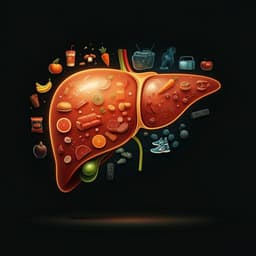
Medicine and Health
Impact of enzalutamide on patient-reported fatigue in patients with prostate cancer: data from the pivotal clinical trials
B. F. Tombal, S. J. Freedland, et al.
Dive into groundbreaking research led by Bertrand F. Tombal and colleagues exploring how enzalutamide impacts fatigue among prostate cancer patients. This study uncovers initial fatigue spikes before a potential stabilization, shedding light on critical clinical management aspects in treatment.
~3 min • Beginner • English
Related Publications
Explore these studies to deepen your understanding of the subject.







